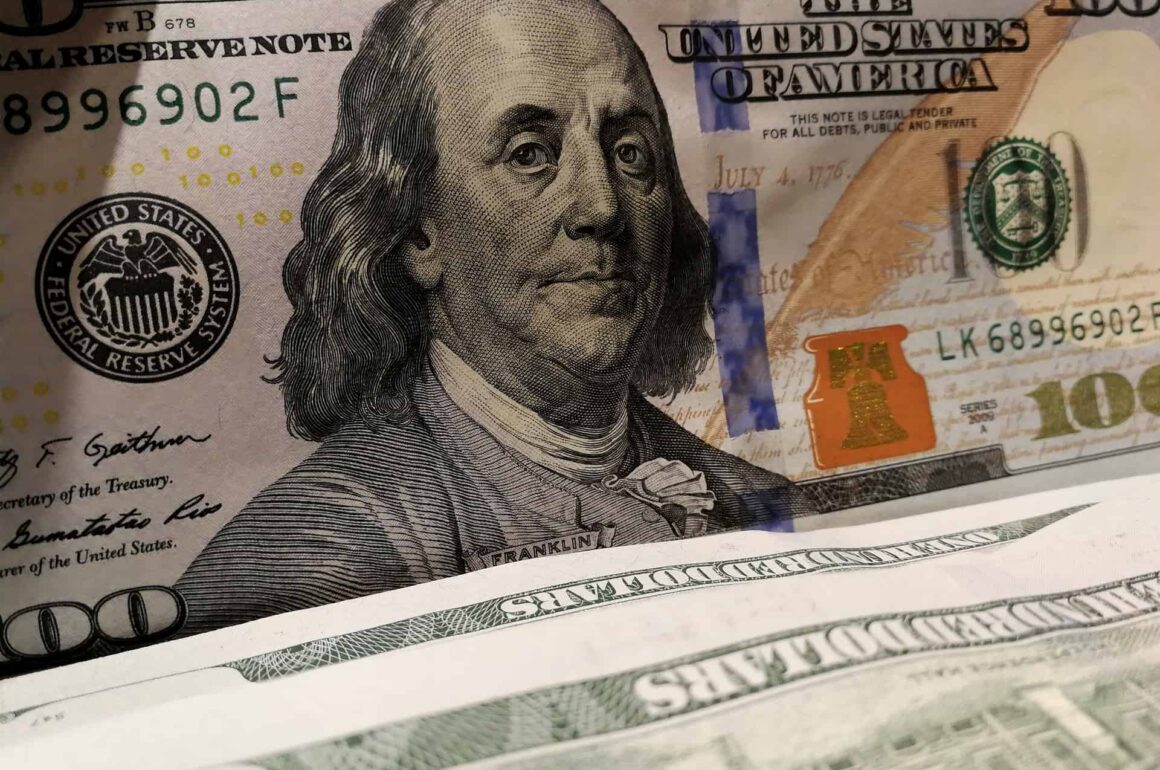The Goodman Triangle Explained
The ‘Goodman Triangle’ refers to a court case (Goodman vs. Commissioner of Internal Revenue) in 1946. Read here about this in detail. The gist of this case was that life insurance policies were purchased with the insured, the owner and, the beneficiary as three different entities. This caused a gift-tax situation. Most of us know that the life insurance proceeds are federal income tax free.
So, if you have $1,000,000 in the bank and, also a $1,000,000 life insurance plan, upon your death, what you had in your bank will be considered your estate and will be appropriately taxed. Whereas, the life insurance policy proceeds will be untouchable. Life insurance has a unique position in financial planning. No one can touch the death benefit upon insured’s death. It just belongs to the beneficiary.
Let’s consider this situation:
- A = insured
- B = the owner, the one who pays for the policy, and
- C = the beneficiary, the one who receives the death benefit proceeds upon the death of the insured.
Let’s say B buys a life insurance policy on A and, makes C the beneficiary. A lot of time this situation comes where a parent wants to buy a cash value whole life plan on the kids and also make the kids the primary beneficiary of the on each other’s policy.
According to the US tax code, upon the the death of the insured, death benefit now becomes a gift from the parent to the child (beneficiary). As a result, it is taxable as income. Learn more about gift tax at IRS.gov.
To avoid this situation, for all life insurance policies
- the insured and the owner have to be the same, or
- the owner and the primary beneficiary must be the same person.

